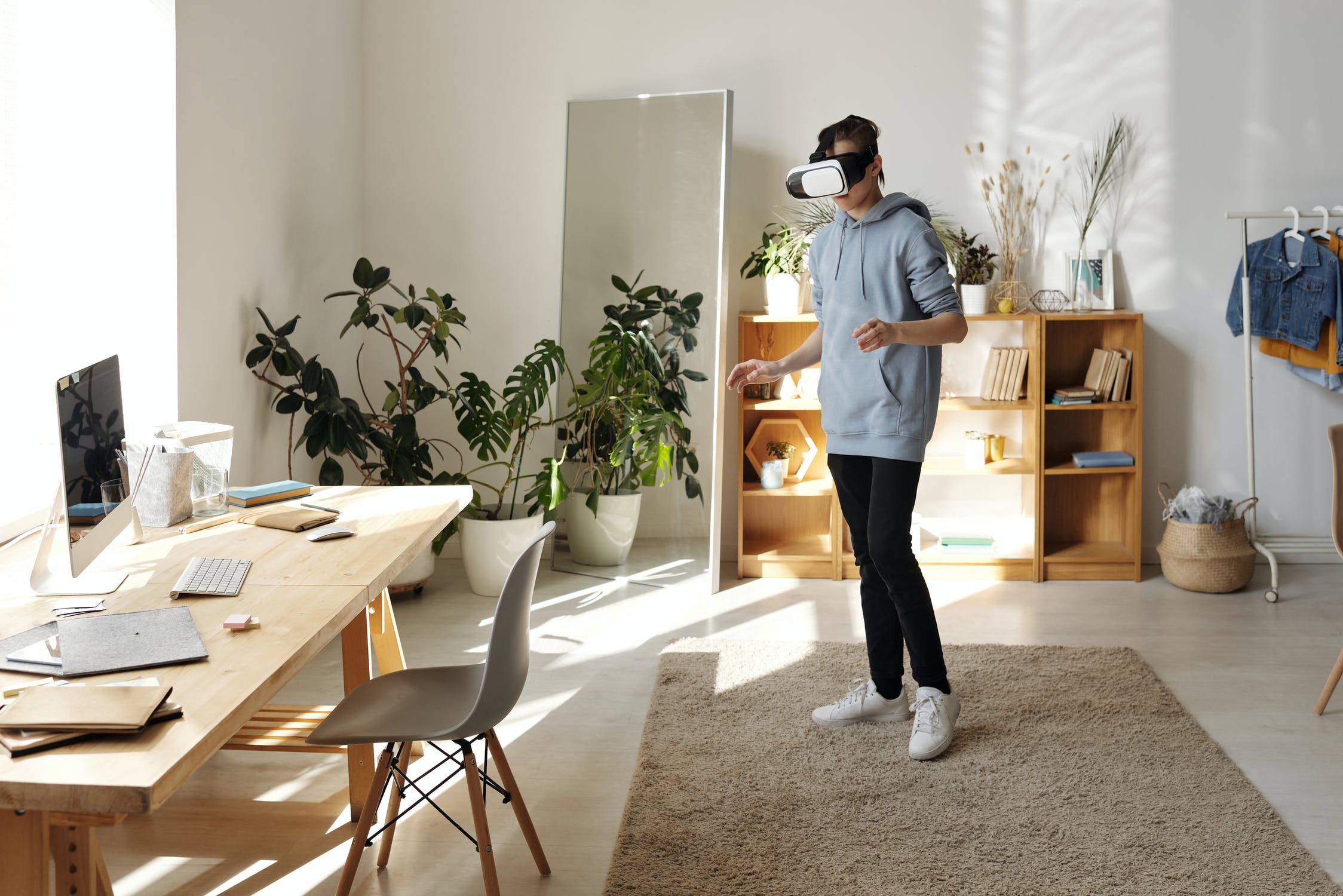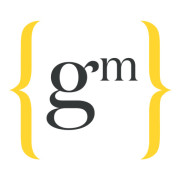The importance of marketing technology increases every year, and across sectors, companies understand that to remain competitive they need to invest in both their marketing strategy and technology.
Modern marketers are forever looking for the most effective ways to reach consumers in the right way and when it matters. This is no easy feat given the new challenges each year brings. Challenges that can complicate or derail even the most well thought out marketing plans.
2021 was the perfect example, but businesses that focused on their marketing strategies and placed the tech at the heart of them were able to adapt to external changes quickly and efficiently.
With companies leaning on marketing tools to help deliver their strategies, the technology is developing at a rapid pace. Couple this with budget allocation for tech set to rise dramatically in the coming years and it’s an exciting time for the industry.
So, with 2022 on the horizon, we’ve gathered together a number of MarTech trends to look out for. While some are a continuation of previous trends and some are new, all are important for businesses looking to gain greater buy-in from their customers.
Data consolidation and activation
In the pursuit of the single customer view, companies can quickly find themselves in possession of a surplus supply of largely irrelevant data, gathered across a number of different online touchpoints.
Data strategies will start to focus more on real-life business uses and businesses will centre in on primary goals they wish to achieve such as retaining customers and increasing average order values etc.
Recent mergers and acquisitions have seen Customer Data Platforms successfully rolled out across multichannel marketing platforms. Through gathering, sorting and preparing data more efficiently and more cost-effectively, businesses build up a better picture of their customers allowing for more enhanced outbound campaigns.
This is of particular importance as businesses re-evaluate their spend on multiple tech platforms and looks to consolidate and reduce costs where possible.
Greater personalisation
Driven by personalisation experiences delivered by the likes of Netflix, Spotify and a host of other D2C and digitally native brands, the bar has been raised for all businesses. Consumers have now come to expect the same level of service and experience no matter who they’re engaging with, and it’s personalisation that drives this.
Again, the pandemic has accelerated changes in terms of the expectations customers have when it comes to their experiences with brands across a range of digital channels. As such, expect to see omnichannel personalisation increase and businesses increase their use of the technology that enables this to happen.
Podcast Tech
The number of adults listening to podcasts on a regular basis has increased by 33%, with this figure predicted to increase significantly in future years.

Once resistant to micro-targeted ads, with podcasts on online streaming platforms, data can be gathered on location, time when listening and whether someone’s phone is in their hand or their pocket. This allows for more targeted, personalised adverts to be inserted into podcasts to attract and engage a wider customer base.
In fact, ad revenue increased by nearly 50% last year and is predicted to experience more growth in the new year as a result of the more sophisticated ad-targeting abilities.
With the likes of Amazon, Apple and Spotify all investing heavily in the industry, there’s speculation that one of them will monopolise the market in the future. What is for certain, however, is that the tech behind the podcast will continue to develop and mature.
Ad Campaign Automation
With its value and potential becoming increasingly recognised by marketing teams across industries, more and more are turning to campaign automation to help them deliver a seamless customer experience.
Automated bidding and AI help take care of certain aspects of running the campaign, leaving marketing teams more time to create, develop and calculate the ROI of each ad.
Role of IoT, AI & Big Data
By 2022, it’s predicted that 80 million devices will be connected to the IoT, giving companies access to huge amounts of customer data.
Given this seemingly boundless amount of data that will come as a result of this greater connectivity, marketers will have even more capabilities to predict customer behaviour and use sentiment analysis derived from big data analytics.
This in turn will allow them to offer more customised services, better experiences to customers and define future products.
Adopting Virtual Reality

Attracting and retaining customers is a never-ending quest for businesses and many see Virtual Reality as a means of giving them the edge over their competition.
A considerable number have been experimenting already, in particular during the height of the pandemic when customers were unable to venture out and see physical products. Adopting VR technologies allowed them to see how products would look in their household before making a purchase.
Since VR offers an immersive experience, and with customers wanting more from the brands they engage with, the technology presents a great way to improve the buyer’s journey.
Of course, the MarTech landscape is ever-changing and ever-evolving and the above trends and predictions are only the tip of the iceberg with regards to what lies ahead.
For companies the world over, the way in which they engage with their customer base will remain of critical importance and the effective use of the technology that drives this interaction will be key.

